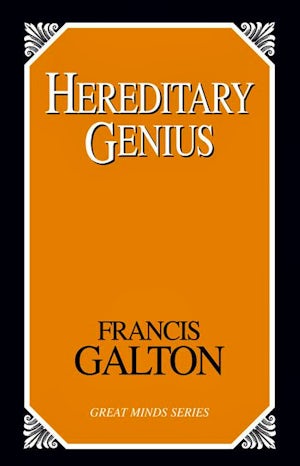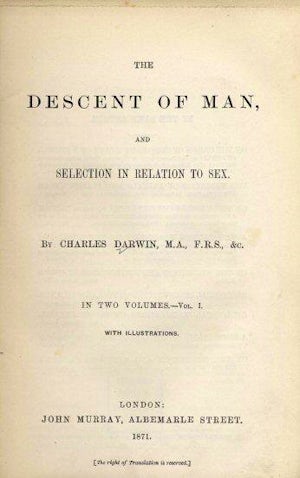
September 25-28, 1921. The Second International Eugenics Congress at the American Museum of Natural History in New York, one of three held between 1912 and 1932. Fifty-three scientific papers were presented, most by Americans, and Alexander Graham Bell served as honorary president. The conference was originally scheduled for 1915 but due to the outbreak of the First World War, was re-scheduled.
Important figures were associated with the Second International Conference, including Professor Henry Osborn as president, and Madison Grant as treasurer. The finance committee included John H. Kellogg, and Dr. H. H. Laughlin worked on the Exhibits Committee. Major Leonard Darwin gave an opening talk, as did Dr. Charles B. Davenport (International Eugenics Congress, 1934).
The Congress was made up of four section, the first was "Human and Comparative Heredity," the second was "Eugenics and the Family", the third was "Human Racial Differences," and the fourth was "Eugenics and the State" (International Eugenics Congress, 1934). An Exhibition was also prepared for the public at large, include those without academic training (International Eugenics Congress, 1934). The goal of the Congress was to discuss eugenics, but particularly in a climate of international cooperation for eugenics goals (International Eugenics Congress, 1934).
Over 300 people attended the conference. It was generally considered a success, and a committee was formed after the Congress to help educate and promote eugenic ideas in America. This committee eventually became the American Eugenics Society.
The logo of the conference was a tree - an enduring symbol of the eugenics movement.
-Colette Leung, Erna Kurbegovic and Amy Dyrbye
Want more babies in best families. (1921, September 25). The New York Times. Retrieved from http://query.nytimes.com/mem/archive-free/pdf?_r=1&res=9C01E3DB123EEE3ABC4D51DFBF66838A639EDE&oref=slogin.
International Eugenics Congress. (1934). A Decade of Progress in Eugenics: Scientific Papers of the Third International Congress of Eugenics. Baltimore: The Williams & Wilkins Company.
Engs, R. C. (2003). The Progressive Era's Health Reform Movement: a historical dictionary. Westport: Greenwood Publishing Group.
 1869:
Galton publishes Hereditary Genius
1869:
Galton publishes Hereditary Genius
 1871:
Charles Darwin publishes The Descent of Man
1871:
Charles Darwin publishes The Descent of Man